From 2020 to 2022 there were 9.2 million new gun owners in America. In 2019 there were only 2.4 million new owners. Since the Covid Pandemic there has been a 2.3% increase in concealed carry permits which stands at 22.01 million Americans and growing still. These are significant numbers that lead me to question “How many Americans are seeking firearms training? How many are conducting follow on training and advancing their skills regularly?” As far as I have found, there aren’t any quantifiable numbers that give us this answer. However, I believe it’s safe to say that it is nowhere near the numbers listed above.
Safety Training
The type of firearms training that is most widely pushed and talked about, especially in the media, is safety. Safety training is crucial, I teach firearms safety in every class I offer; there are a lot more aspects to firearms training that should be made to be a priority as well though, knowing how to be safe is just the beginning.
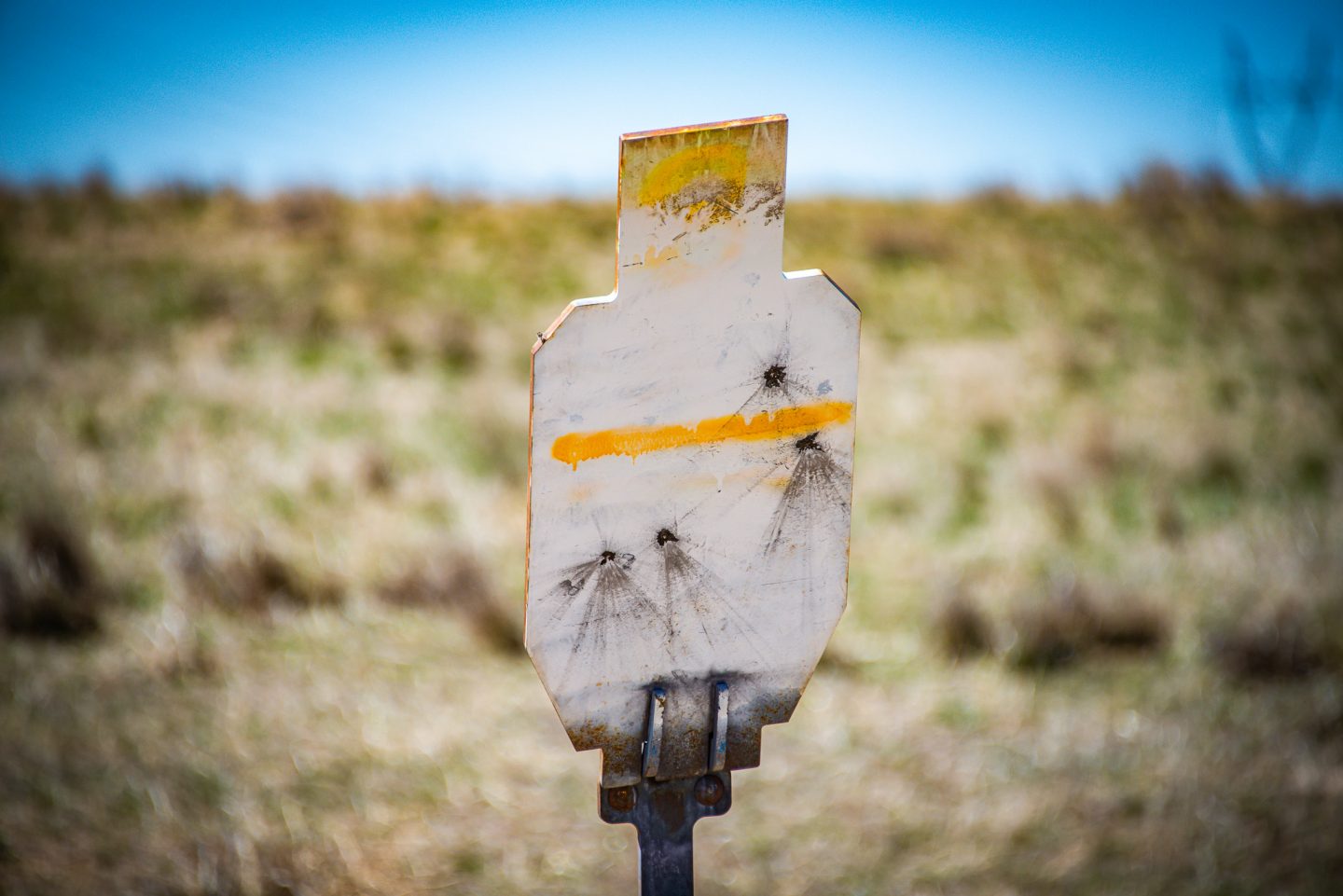
In the beginning of our nation the majority of the population in the 13 colonies both lived and died by the gun as a means of defense and food. To imagine that time brings on thoughts of the frontier laid out before you, fighting Natives and Red Coats as well as hunting monstrous elk and grizzly bears spread across the nation. Makes it easy to understand why they needed to be proficient with their firearms. Why is it still important in our day and age here in America? We aren’t taming the west or defending ourselves from taxation without representation, so why then must we seek more and more firearms training? The simple answer is we are always only one generation away from chaos and the best way to keep that chaos at bay is through a well-trained citizenry. Responsibly armed citizens, being both knowledgeable and willing to seek and perform excellence in the field of defense, is a natural deterrent to our nation’s enemies both within and without.
Types of Firearm Training
Some key areas of training that I believe should be emphasized for the armed citizen are as follows: Rapid/Multiple target engagement at known and unknown distances, positive identification, communication, movement, (i.e., to and from targets, differing methods of transportation, terrain navigation, etc.) ballistics and planning tactics and strategies. All this matters because shooters need to know when and where they need to employ their skills. There are of course many more areas of training that require focus and time however this is a solid foundation.
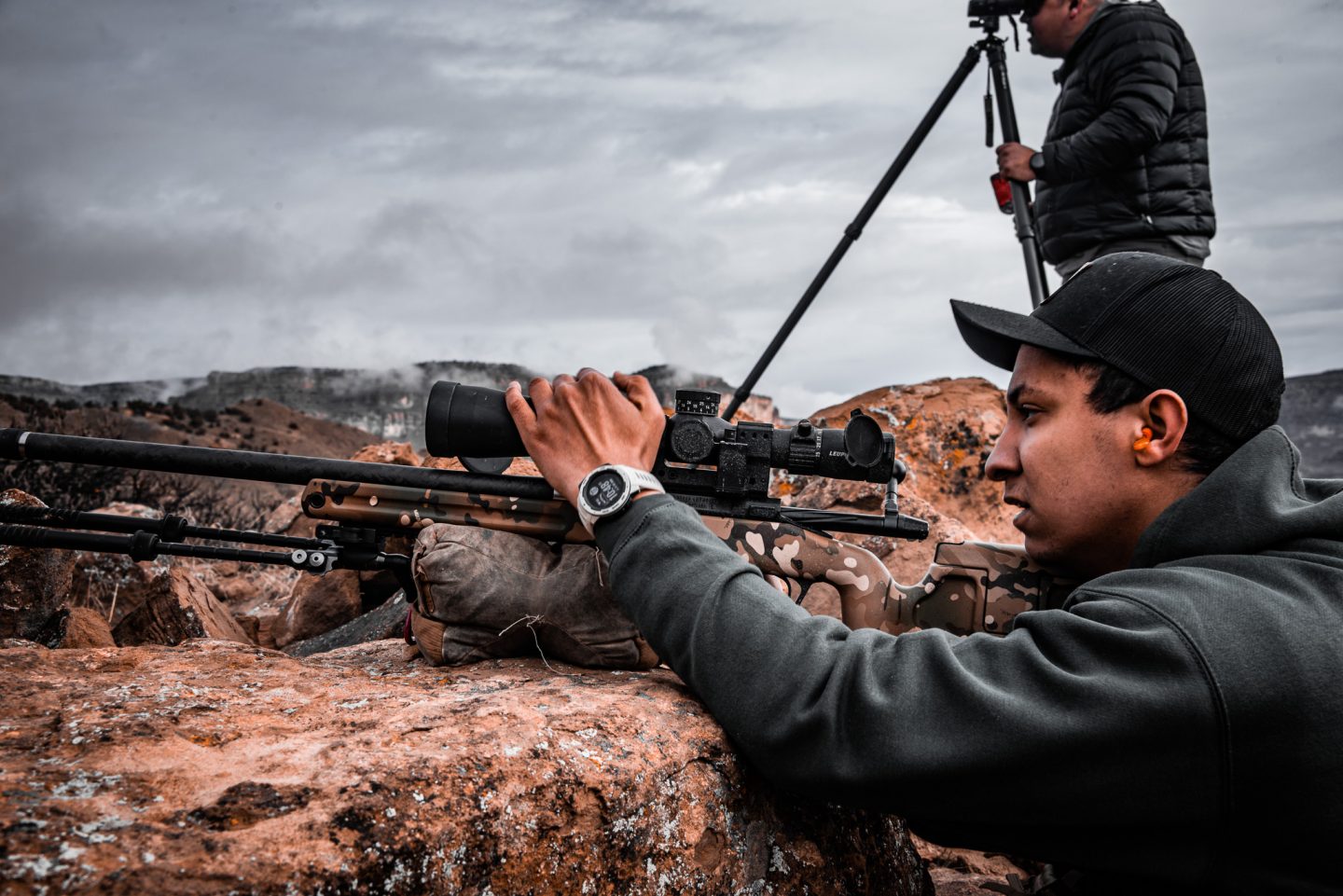
Now more than ever in our country are training companies and opportunities nationwide. From close quarters to long range and everywhere in between. After the Global War on Terrorism with the lessons learned and vets coming home having realized the importance of being well trained and equipped, many started reputable companies to train American citizens in just these skills. While it is important to take initiative and hit the range for training yourself whenever available it’s important to understand you don’t know what you don’t know, and it’s responsible to seek out those who do and glean the knowledge from their experience. After all, human beings as a species, are a society of oral traditions passed on from one to another, especially about wartime skills.
Philosophy of Training
Telos is a philosophical concept derived from Aristotle’s teachings, referring to the inherent purpose or final cause of a thing or activity. It suggests that everything in nature, including living beings and objects, has a unique function or goal towards which it naturally strives. Understanding the telos of something helps to grasp its essence and aim within the broader context of existence. In the context of firearms training, the concept of “telos” finds relevance in understanding the fundamental purpose and ultimate goal of honing one’s shooting skills. Just as every entity in nature has a telos, firearms training serves a specific purpose beyond the mere act of learning how to handle a gun safely. The telos of firearms training is multifaceted, encompassing the development of responsible gun owners who are not only competent in handling firearms but also equipped to respond effectively and ethically in critical situations.
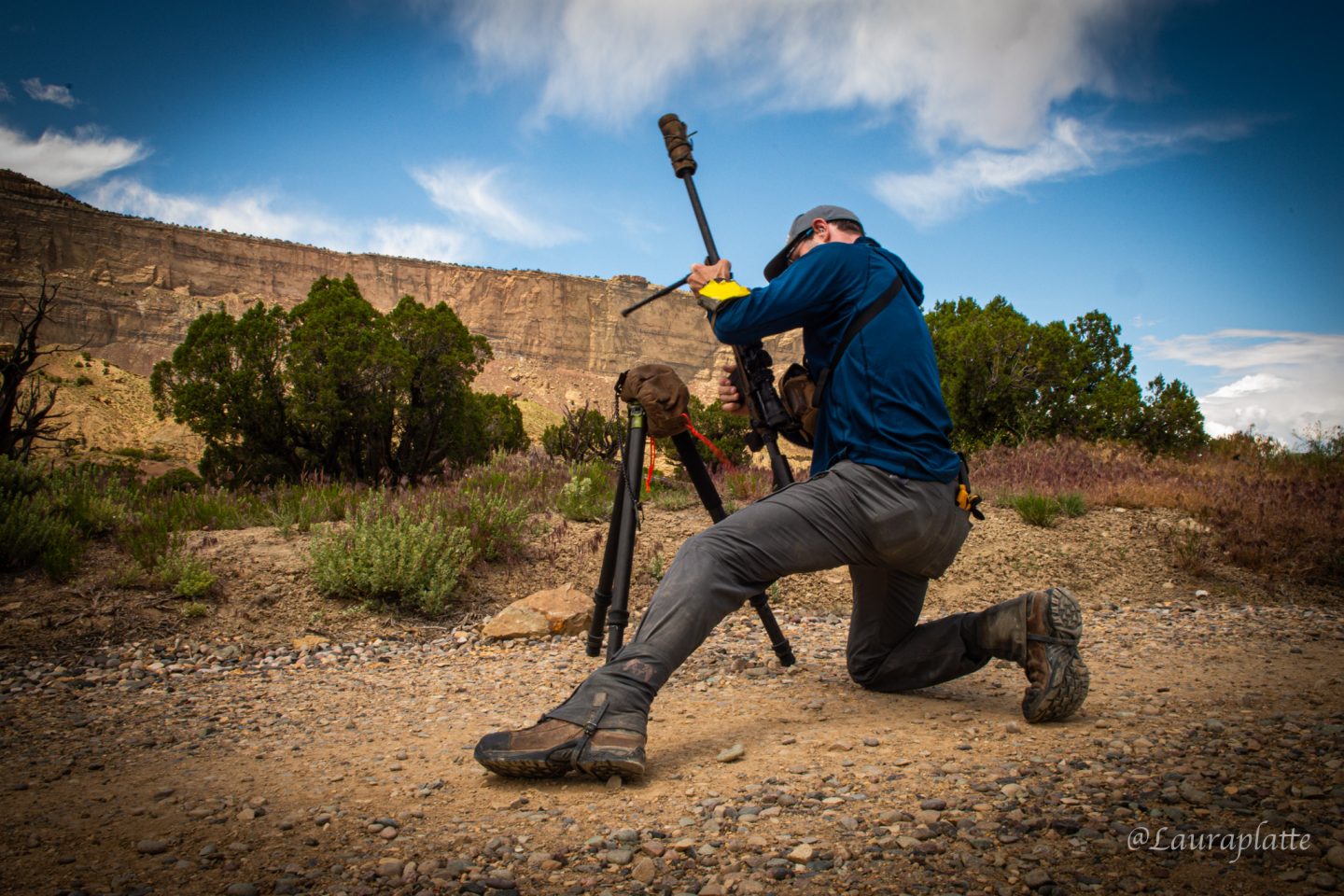
The telos of firearms training includes fostering a deep understanding of safety protocols, marksmanship techniques, and firearm mechanics. However, the ultimate purpose goes beyond proficiency with firearms. Responsible gun ownership requires individuals to cultivate virtues such as discipline, self-control, and respect for human life. Ethical considerations become paramount when wielding the power that firearms inherently possess.
Training for the Future
Moreover, firearms training can be viewed through the lens of Aristotle’s concept of eudaimonia or flourishing. A responsible gun owner who attains eudaimonia through comprehensive training is someone who, with confidence and competence, uses firearms in a manner that upholds the safety and well-being of themselves and others. This flourishing gun owner is aware of the potential dangers that come with firearm ownership and is committed to continuous learning and self-improvement in their skills.
Furthermore, the telos of firearms training extends to cultivating situational awareness and adaptability, equipping individuals to navigate challenging and high-pressure scenarios. By exposing shooters to controlled dangers in training environments, they gain the ability to assess risks and make informed decisions in real-life situations. Just as Aristotle believed that virtues were essential for human flourishing, responsible gun owners, through deliberate training and a strong moral compass, are better equipped to make ethical choices when it matters most.
Proficiency is the Goal
The concept of “telos” is highly relevant to firearms training, as it underscores the importance of understanding the ultimate purpose and end goal of honing shooting skills. Beyond mere technical proficiency, the telos of firearms training encompasses responsible gun ownership, ethical decision-making, situational awareness, and adaptability. By striving for the telos of firearms training, individuals become more than just skilled shooters; they become responsible and virtuous gun owners, contributing to a safer and more secure society.
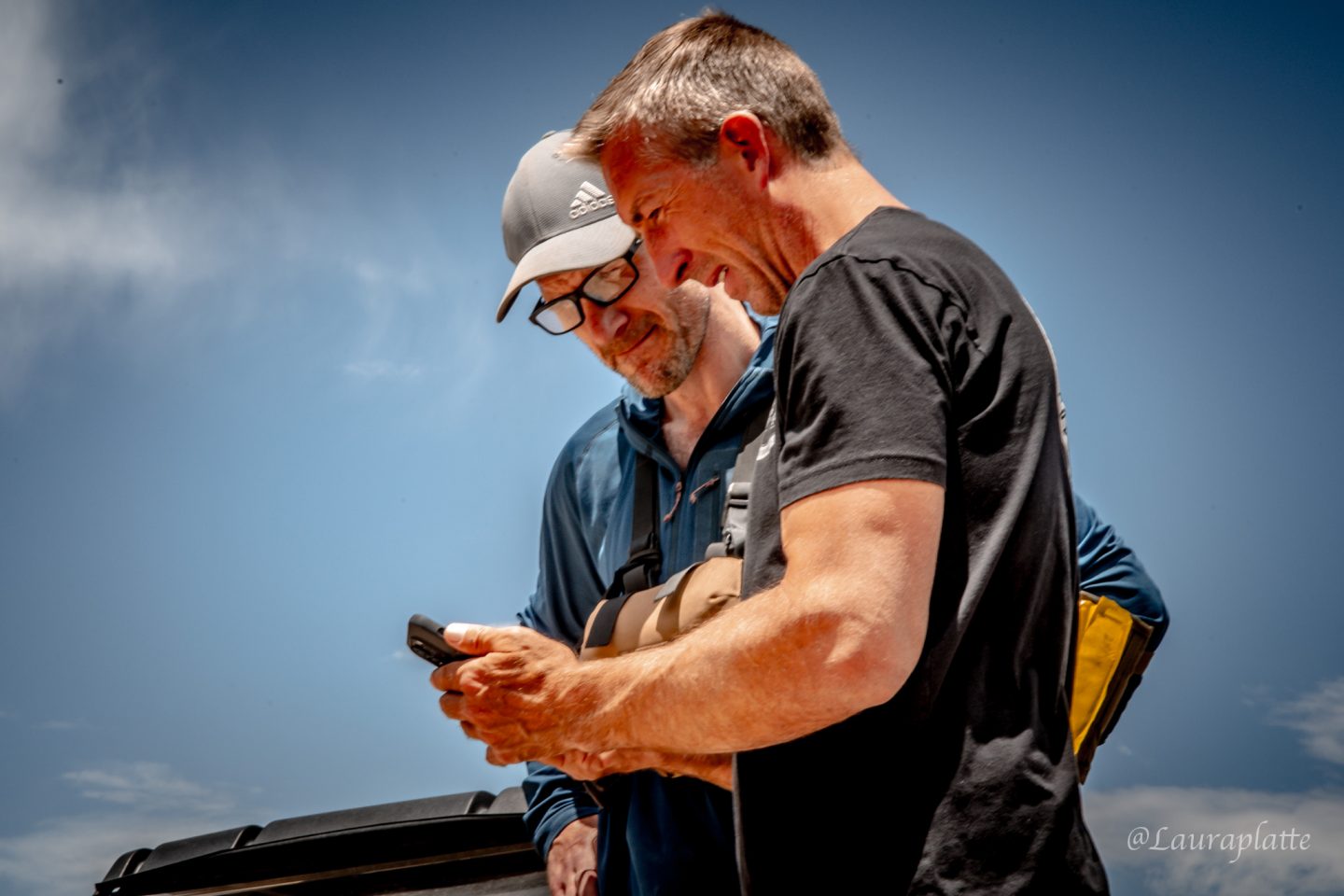
A positive outcome of continued training is confidence and competence in the skills acquired. As individuals undergo regular and focused training, their proficiency with firearms becomes evident in their demeanor and actions. A trained shooter exudes a sense of assurance, displaying a deep understanding and a remarkable level of skill. When observing someone with a firearm, it becomes readily apparent whether they possess the knowledge and competence to handle it responsibly. Through dedicated training, shooters develop an instinctive grasp of firearm mechanics, marksmanship, and safety procedures. Such individuals handle their firearms with precision and poise, demonstrating a keen awareness of their surroundings and potential threats.
Navigating the Waters
As an instructor, one valuable lesson I impart to shooters during training sessions is the principle of developing subconscious competency. By repeatedly practicing the necessary skills, we aim to ingrain them deeply into our muscle memory and cognitive processes. This level of mastery enables shooters to react swiftly and instinctively in high-pressure situations, without the need for conscious deliberation.
Moreover, subconscious competency liberates the mind, allowing shooters to process the unfolding situation with clarity and focus. Instead of grappling with the mechanics of firearm handling, they can swiftly assess threats, make decisions, and execute actions, all while maintaining situational awareness.
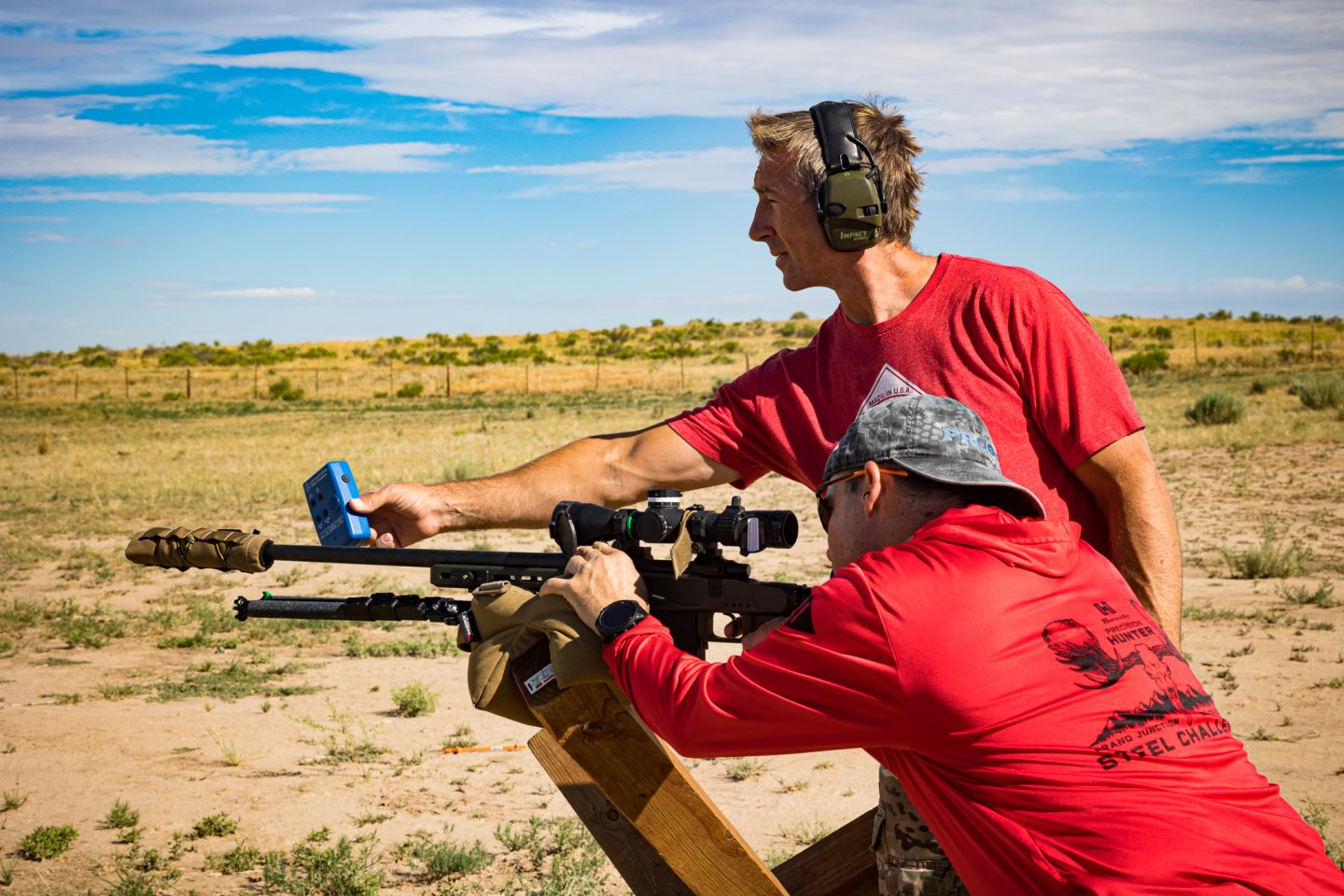
However, achieving subconscious competency requires dedication, perseverance, and continual learning. Mere exposure to firearms or sporadic practice is insufficient to attain this level of proficiency. Regular training, under the guidance of skilled instructors, reinforces correct techniques and fosters muscle memory. It is through this disciplined approach that responsible gun owners elevate their skills to the point where they become second nature.
In conclusion, continued training in firearm handling yields the invaluable rewards of confidence and competence. An expertly trained shooter stands out through their poise, awareness, and skillful execution. As shooters progress from conscious competence to subconscious competency, their ability to handle firearms responsibly and respond to threats effectively becomes an intuitive and instinctive process. To be truly prepared and responsible gun owners, we must commit to ongoing training, continually refining our skills and freeing our minds to focus on navigating the challenges of the ever-changing world around us.
by John Carughi


